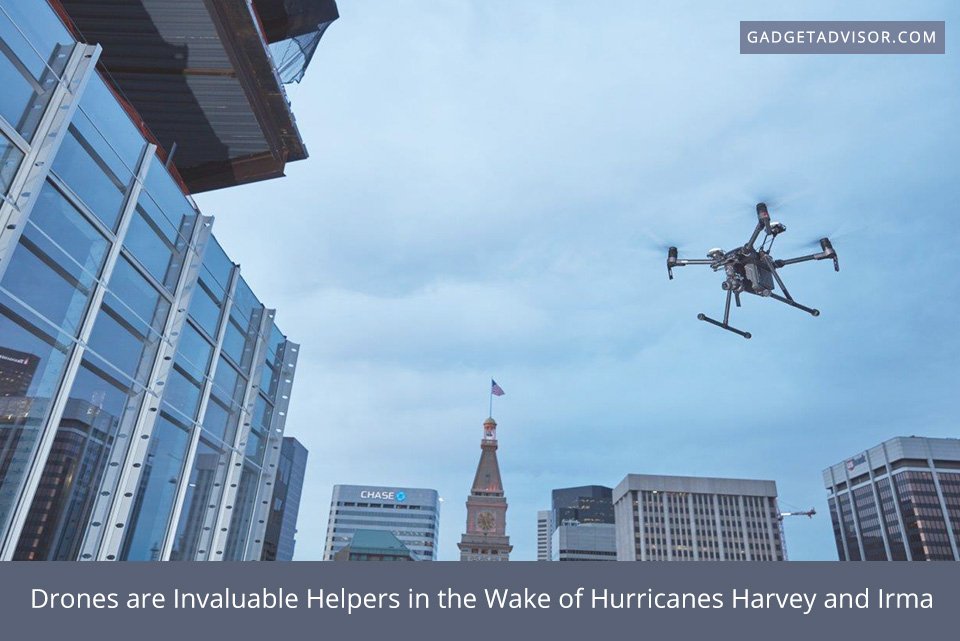I’ve recently written about drones being tested to help lifeboats looking for people at sea, and it is common knowledge that they are being used by a variety of agencies (including police departments to find missing persons, and fire departments to safely inspect damage buildings and structures). In terrible and damaging natural disasters like recent hurricanes Harvey and Irma, drones are proving to be yet again extremely helpful, and that for a variety of reasons.
First, insurance companies are more and more using drones to assess property damage. Drone usage not only lets surveyors conduct inspections in a safe manner, but it also considerably expedite the assessment process. After destruction of this magnitude, it can be difficult (and dangerous) to physically inspect each house. Just making one’s way among the rubble or flood can be enough of a challenge – not to speak of the actual inspection. In this manner, inspectors and adjusters can, if they’re lucky, inspect on average 3 houses a day. With a drone, they’re able to move much more quickly and complete the process for upwards of 10 houses every day. This doesn’t only benefit insurance companies and their employees; policy holders also benefit from the drones’ help, because it allows them to receive claims faster, and start rebuilding or relocating more quickly. Being homeless and relying on shelters isn’t something anyone wants to have to do longer than they have to.
But drones are also helpful in other ways. They can be used to inspect damages made to infrastructure such as bridges, towers and roadways, to see which are safe and which threaten collapse. Communication companies also use them to survey the damage made to their equipment, helping them rebuild faster.
Drones are becoming essential in all sorts of ways, and we are certainly taking advantage of their technology to the fullest – or at least working on it. The only downside of drones near the destruction zones is that they are unmapped on any radar and are sharing air space with a plethora of others – news and rescue helicopters and other aircrafts that are doing equally important jobs, like humanitarian efforts and search and rescue operations. We’ll need to find a way to coordinate flights in the future so that every craft and personnel can be used to their full potential.

